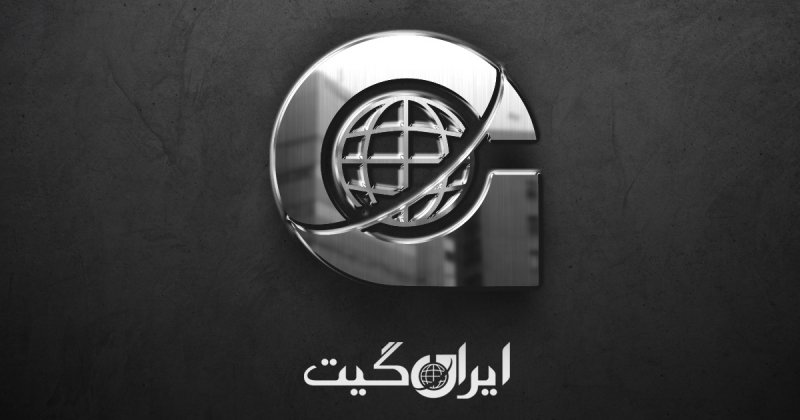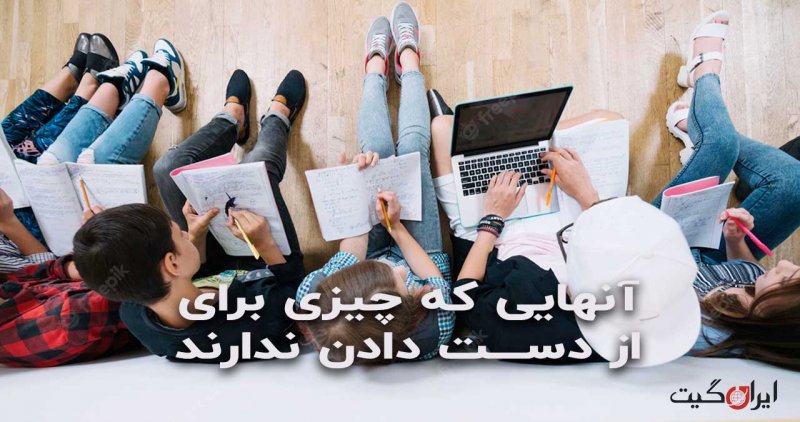Those who have nothing to lose
Why are the protests in Iran lasting so long this time? Why don’t the protesters leave the streets? Why don’t people stop chanting from rooftops or windows at night? Why do they keep trying to cement their protest against the current situation with ideas and excuses like strikes?
In November 2019, Sedigheh Maleki Fard, the wife of Seyed Hashem Khastar, wrote in a lawsuit: You closed the newspapers en masse, silenced critics and protesters, and brought Iran and Iranians to ruin. You reduced my husband’s salary, imprisoned him, kidnapped him on the first of November last year, and imprisoned him in a psychiatric hospital. He was released on the 19th of November, and this year again, what have you done to us on the 19th of November?
Where should we take our complaint? My husband is a retired cultural critic and protester, and his weapon is his language and pen. He has no goal other than the elevation of Iran and Iranians. But you, the chief justice of the vast province of Khorasan, be fair. Who is causing public anxiety? Therefore, I ask you to release my husband unconditionally. Fear those who have nothing to lose.
Now, an official from the Ministry of Intelligence has admitted that among the 16,000 detainees, there are protesters who have nothing to lose. He also said that during interrogations, we learned things that even our souls were unaware of.
Voices that were not heard
What the intelligence official admits to today, facing people who have nothing to lose, had been previously and repeatedly mentioned by sociologists and economists, like when warnings were given about Iran becoming like Venezuela. Several years ago, various assessments of Venezuela, especially in the economic sectors, reported a very unfavorable situation.
The shortage of essential goods, medicine, and food created a situation where the people, who protested every day and whose numbers of dead and victims increased, had nothing left to lose. They expressed their opposition to this situation in every way possible.
Albert Bagzian, an economic expert, pointed out that the effects of sanctions on production, increasing production costs, and increasing household expenses are very critical. He said, from an empirical perspective, if you tie a person’s hands and feet and then ask them to run, it is impossible.
As an economist and someone who has taught economics at university for decades, I say to those officials, managers, and agents who claim the sanctions are ineffective, they should know that the situation has reached a breaking point for the people, and they have nothing to lose. Therefore, if something is done for these people’s livelihoods today, it is better than tomorrow.
Ismail Gerami Moghaddam, a political activist, also pointed out that one of the most important aspects through which the roots of recent protests can be interpreted is the economy, which has been less addressed in analytical evaluations and media. He believes that the difficult economic conditions manifest as one of the main reasons for the protests in the streets.
The fact that many protesters are unwilling to leave the streets stems from hopelessness and having nothing to lose. If you talk to these individuals, they often speak of despair about the future outlook. Therefore, one of the important analytical propositions for understanding the current situation is the economic and welfare roots.
Hossein Raghfar also said in July last year, analyzing labor protests, that with the events of recent years, the general public, including workers, has been instilled with the feeling that they have nothing to lose. According to him, before the formation of the oil industry workers’ protests, we witnessed such movements from the Hepco and Haft Tappeh workers, meaning the protesters against the current situation, including workers, have reached a point where they are not afraid to openly and clearly pursue their demands, and because they have nothing to lose, they follow it boldly and without the usual past precautions.
What were you unaware of?
The fact that security and intelligence officials announce they have learned things they were completely unaware of has a reason. They did not want to hear anything else or see things differently. Otherwise, the report Saeed Madani published after the 2019 protest events was precisely predicting today. Saeed Madani is the same researcher who, incidentally, is in prison these days for wanting to inform people and officials of things they were unaware of sooner.
Madani’s analysis of the November 2019 protests was that the scope of demands in Iran has expanded and covers all political, economic, and social dimensions. The aggregation of these demands has led to a legitimacy crisis, resulting in radical slogans by protesters. At that time, he concluded that Iran had entered a state of movement, meaning any social, political, or economic issue has the potential to turn into a crisis, leading to protests from all or part of society, and consecutive crises leading to consecutive uprisings and protests.
While these days everyone talks about Generation Z, and analysts believe that the driving force behind recent protests is teenagers from the 2000s, Saeed Madani, three years ago, mentioned that the youth movement was active in these protests, mainly revolving around demands in economic and employment fields as well as lifestyle.
All these warnings were just like the reports, studies, and warnings prepared by some sociologists or independent researchers and even the Planning and Budget Organization in the 1970s, which reached the ears and eyes of officials and even the Shah himself. But the preference was for them not to be heard or seen. When the power structure has a tendency not to listen, people become more and more hopeless until their despair turns into anger, the anger of people who have nothing to lose.
In this regard, other articles have been published on Iran Gate that you can read.
- Iran protests and the exaggeration about Generation Z
- Public protests and the increased understanding of Iranians by the West

